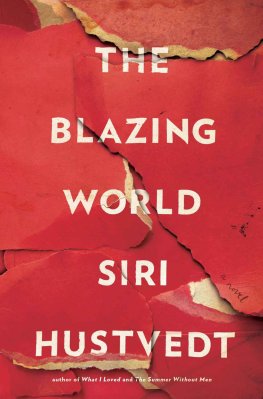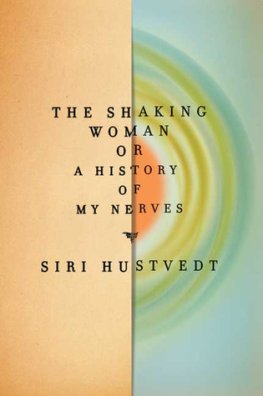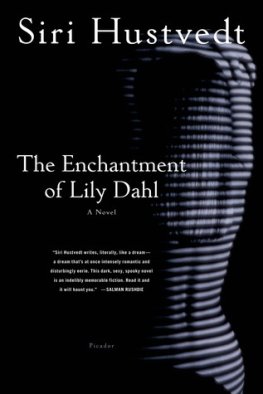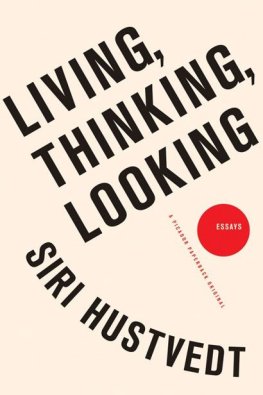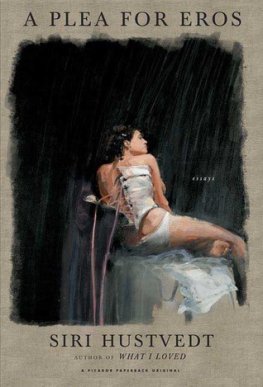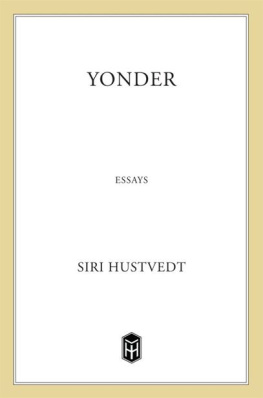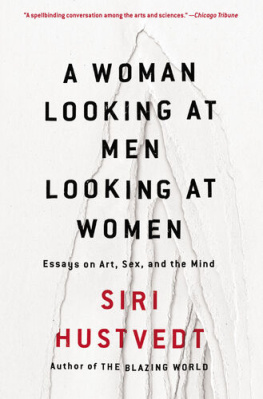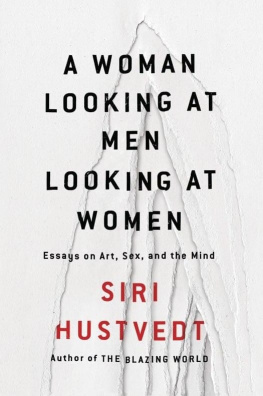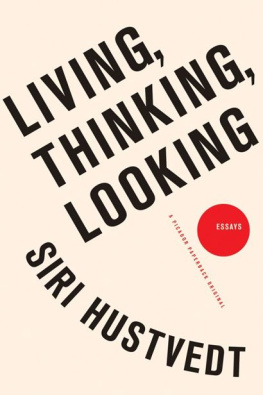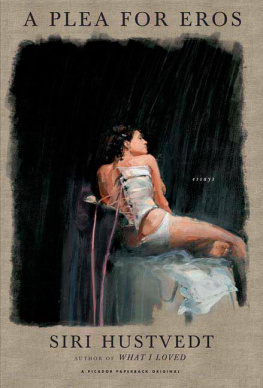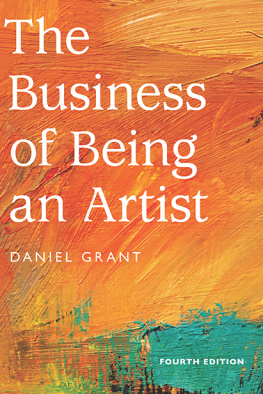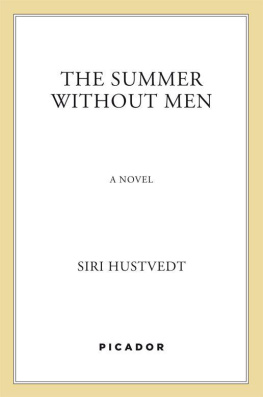Siri Hustvedt
The Blazing World

All intellectual and artistic endeavors, even jokes, ironies, and parodies, fare better in the mind of the crowd when the crowd knows that somewhere behind the great work or the great spoof it can locate a cock and a pair of balls. In 2003, I ran across this provocative sentence in a letter to the editor that was published in an issue of The Open Eye, an interdisciplinary journal I had been reading faithfully for several years. The letters author, Richard Brickman, did not write the sentence. He was quoting an artist whose name I had never seen in print before: Harriet Burden. Brickman claimed that Burden had written him a long letter about a project she wanted him to make public. Although Burden had exhibited her work in New York City in the 1970s and 80s, she had been disappointed by its reception and had withdrawn from the art world altogether. Sometime in the late nineties, she began an experiment that took her five years to complete. According to Brickman, Burden engaged three men to act as fronts for her own creative work. Three solo shows in three New York galleries, attributed to Anton Tish (1998), Phineas Q. Eldridge (2002), and the artist known only as Rune (2003), had actually been made by Burden. She titled the project as a whole Maskings, and declared that it was meant not only to expose the antifemale bias of the art world, but to uncover the complex workings of human perception and how unconscious ideas about gender, race, and celebrity influence a viewers understanding of a given work of art.
But Brickman went further. He argued that Burden insisted that the pseudonym she adopted changed the character of the art she made. In other words, the man she used as a mask played a role in the kind of art she produced: Each artist mask became for Burden a poetized personality, a visual elaboration of a hermaphroditic self, which cannot be said to belong to either her or to the mask, but to a mingled reality created between them. As a professor of aesthetics, I was immediately fascinated by the project for its ambition, but also for its philosophical complexity and sophistication.
At the same time, Brickmans letter puzzled me. Why hadnt Burden published her own statement? Why would she allow Brickman to speak for her? Brickman claimed that the sixty-page letter Burden called Missive from the Realm of Fictional Being had arrived unannounced in his mailbox and that he had no knowledge of the artist beforehand. The tone of Brickmans letter is also curious: It alternates between condescension and admiration. He criticizes Burdens letter as hyperbolic and unsuited for publication in an academic journal but then quotes other passages he attributes to her with seeming approval. I was left with a muddled impression of the letter, as well as a feeling of irritation with Brickman, whose commentary effectively smothers Burdens original text. I immediately looked up the three exhibitions, The History of Western Art by Tish, The Suffocation Rooms by Eldridge, and Beneath by Rune, each of which was visually distinct from the other two. Nevertheless, I gleaned what I would call a family resemblance among the three. The Tish, Eldridge, and Rune shows Burden had allegedly invented were all compelling as art, but I was especially intrigued by Burdens experiment because it resonated with my own intellectual concerns.
My teaching schedule was heavy that year. I had duties as temporary chair of my department, and I wasnt able to satisfy my curiosity about Maskings until three years later, when I took a sabbatical leave to work on my book Plural Voices and Multiple Visions, in which I discuss the work of Sren Kierkegaard, M. M. Bakhtin, and the art historian Aby Warburg. Brickmans description of Burdens project and her poetized personalities (the latter expression is Kierkegaards) meshed perfectly with my own thoughts, so I decided to track Brickman down through The Open Eye and hear what he had to say for himself.
Peter Wentworth, the editor of the journal, retrieved e-mail correspondence from Brickman to him several short, dry, business-related notes. When I tried to contact Brickman, however, I discovered the address was defunct. Wentworth produced an essay Brickman had published in the journal two years before his letter in The Open Eye, which I belatedly remembered having read: an abstruse paper critiquing the ongoing debates about concepts in analytical philosophy, a subject remote from my own interests. According to Wentworth, Brickman had earned a PhD in philosophy from Emory University and was an assistant professor at St. Olaf College in Northfield, Minnesota. When I contacted St. Olaf, however, it turned out that no person named Richard Brickman was teaching or had ever taught in that department. Needless to say, Emory University had no records of a PhD candidate by that name either. I decided to go straight to Harriet Burden, but by the time I tracked her down in New York through her daughter, Maisie Lord, Burden had been dead for two years.
The idea for this book was born during my first telephone conversation with Maisie Lord. Although she knew about Brickmans letter, she was surprised to hear that its author was not the person he had purported to be, if indeed he was anyone at all. She assumed her mother had been in touch with him but knew nothing about the particulars of their connection. Harriet Burdens artworks had all been catalogued and stored by the time I spoke to Maisie, and she had been at work on a documentary film about her mother for several years. The film includes voice-over excerpts from the twenty-four private journals her mother began keeping after her husband, Felix Lord, died in 1995, each one labeled with a letter of the alphabet. As far as Maisie knew, none of the diaries mentioned Brickman. (I found two references to R.B., presumably Richard Brickman, but nothing more revealing than that.) Maisie, however, felt sure her mother had left a number of clues inside the journals, not only to her pseudonymous project but also to what she called the secrets of my mothers personality.
Two weeks after our phone call, I flew to New York, where I met with Maisie, her brother, Ethan Lord, and Burdens companion, Bruno Kleinfeld, all of whom spoke to me at great length. I viewed hundreds of artworks Burden had never shown anywhere, and her children informed me that her work had just been taken by the prestigious Grace Gallery in New York City. The Burden retrospective mounted in 2008 would garner the respect and recognition the artist had so desperately longed for, essentially launching her career posthumously. Maisie showed me rushes from her unfinished film and, most crucially, gave me access to the notebooks.
While reading the hundreds of pages Burden had written, I found myself by turns fascinated, provoked, and frustrated. She kept many journals simultaneously. She dated some entries, but not others. She had a system of cross-referencing the notebooks that was sometimes straightforward but at other times appeared byzantine in its complexity or nonsensical. In the end, I gave up trying to decode it. Her handwriting shrinks into illegibility on some pages and on others grows so large that a few sentences take up an entire page. Some of her texts are obscured by drawings that intrude into the written passages. A few of the notebooks were full to bursting and others contained only a few paragraphs. Notebook A and Notebook U were mostly autobiographical, but not entirely. She kept elaborate notes on artists she loved, some of whom take up many pages of a notebook. Vermeer and Velzquez share V, for example. Louise Bourgeois has her own notebook under L, not B, but L contains digressions on childhood and psychoanalysis. William Wechsler, Notebook W, contains notes on Wechslers work but also lengthy asides on Lawrence Sternes

